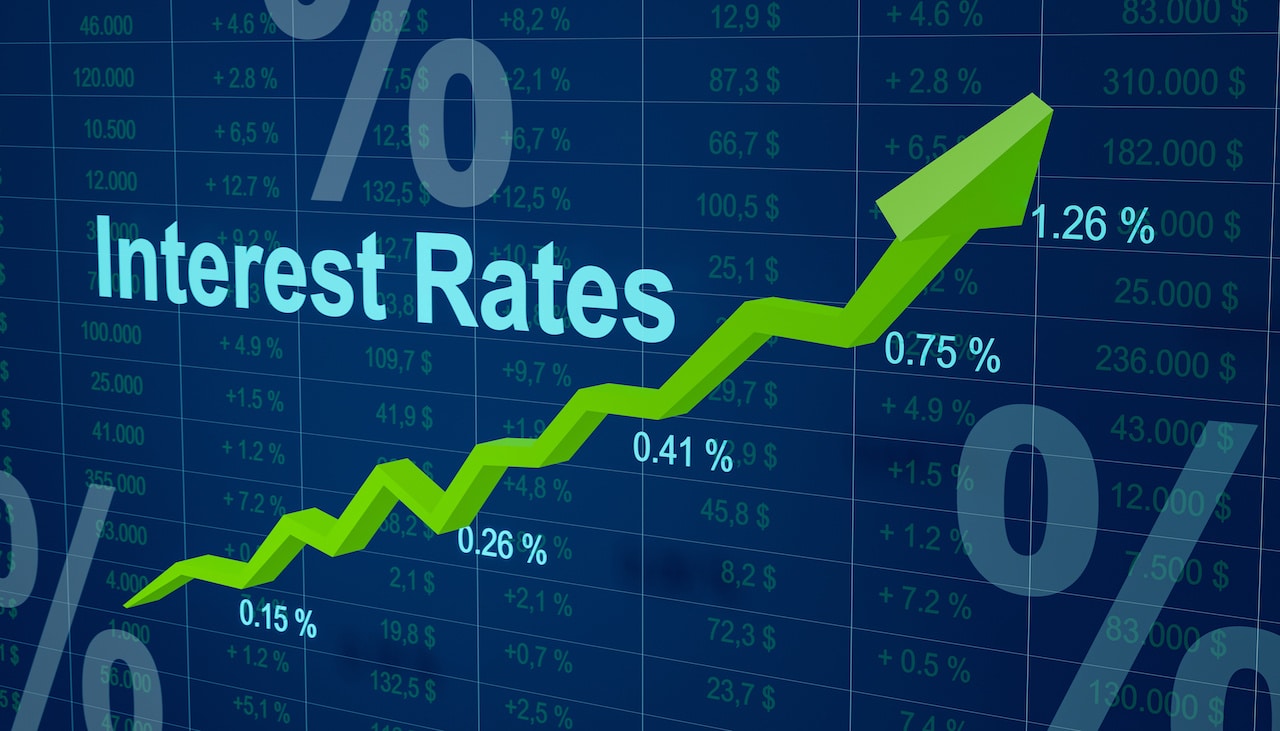Credit Sesame’s step by step guide to buying a house and getting a mortgage.
There are more steps to your new house than those leading up the path to the front door. In fact, the steps towards home ownership usually start long before you set eyes on the property you’re going to buy.
This guide takes you through the steps toward buying a house and getting a mortgage. Understanding the process helps you move step by step towards your goal.
Think of the process as the instructions you’ve heard since childhood for lining up to start a race: get ready, get set and go:
- Getting ready for your home and mortgage search
- Getting set to find the right home and mortgage deals
- Going ahead with closing those deals
Get Ready: A Head Start on Home Buying
Before you start shopping for a home or comparing mortgage quotes, these steps can focus your search:
Check your credit record
This goes beyond checking your credit score, though that is important. You need to see what your credit history says about you.
You might find mistakes in the record that need to be corrected. Your credit history might also remind you of past problems that need time to work themselves out.
Set your budget
Take a look at your earnings and spending habits to see how much you’d be able to put towards a monthly mortgage payment.
If you’re currently paying rent, you can assume that same amount could go towards part of your mortgage payment. Plus, you can add some of what you’re currently earning over and above your other monthly expenses. Leave a cushion for financial setbacks, other expenses that come with home ownership and long-term savings goals.
Start saving for your down payment
Saving money takes time, so it’s wise to start putting aside money for a down payment well before you start looking at houses.
Plus, saving for a down payment can be a good dress rehearsal for your budget discipline. See if you can actually save the extra amount you plan on putting towards monthly mortgage payments, or if it gets eaten up by other expenses.
Use a mortgage calculator
A mortgage calculator allows you to see what your planned monthly mortgage payment would translate to in terms of the size loan you can afford at today’s mortgage rates.
It also lets you test different loan terms and down payment amounts to see how these might affect both what you can afford now and your total cost over the life of the loan.
Decide on a loan type and target price
Your mortgage calculations should help you set a target price for your house search. They can also help you decide what type of loan you should go for.
The type of loan you choose depends on a lot of factors: the size of the monthly payment you can afford, how much of a down payment you plan to have, your credit history and your debt-to-income ratio.
At this point, it would be wise to learn about different types of mortgages such as FHA loans, conforming loans and conventional mortgages so you can make the right choice for your situation.
Get pre-qualified for a mortgage
This is a good time to explain the terms pre-qualified and pre-approved.
Pre-qualification is an informal process that looks at your financial situation and assesses your chances of getting approved for a mortgage. That includes helping you see what size loan you’re likely to get approved for.
Pre-approval is a more detailed process that results in a formal agreement. It involves providing a loan company with all the necessary details on your finances and having them go through a full approval process. It can result in a commitment from the loan company that you are qualified for a loan up to a given amount, assuming the property in question passes muster.
At this early stage, the less formal pre-qualification process might be a good reality check. It can tell you whether your price and mortgage targets are realistic. It can also alert you to any problems that should be addressed before you apply for a loan.
Get Set: Lining Up Everything You Need to Buy a House
Having determined what you can afford and the mortgage type that suits your needs, it’s time to start looking for the specific property and loan you want:
Research your local housing market
Use online resources to compare different home prices. Look at prices of homes currently on the market and those of recently completed deals.
Take note of whether recent deals have typically been made above or below the asking price. You can also look at how long properties have been on the market before selling.
This information gives you some idea of how hot your local housing market is. That could help you decide how aggressive you should be when it comes time to make an offer.
Research lenders
While you’re house hunting, you should also be comparing lenders.
Now that you have an idea of roughly what type and size loan you want, you should be able to compare mortgage rates online.
Don’t just compare the rates lenders advertise. These are usually the lowest rates available for the most qualified borrowers. Compare rates that are based on your credit history and financial situation to make sure they’re relevant.
Consider mortgage pre-approval
Remember the discussion earlier about pre-qualification and pre-approval? Well, once you’ve done some rate comparisons and chosen a lender, consider taking the step of getting pre-approved for a mortgage.
Getting pre-approved can help you avoid having a purchase offer accepted only to get your loan application turned down.
Also, in competitive real estate markets sellers tend to take offers from pre-approved buyers more seriously, because they know those deals are more likely to go through.
Keep your assumptions up to date
When mortgage rates are changing quickly, the calculations you ran to see how much you could afford to pay for a house could change substantially in just a few weeks. Update your assumptions as your search goes on, to make sure you’re still looking at houses in the right price range. Now you are ready to start the process of actually buying a house.
Go: Closing the Deal on Buying a House and Getting a Mortgage
Once you find a property you’d like to buy, there are a few more steps to make sure the deal goes through:
Look at additional costs specific to the property
Things like property taxes, home owners insurance and utility bills are regular expenses that come with owning a home.
These expenses can vary widely from one property to another. Research what they would be for the home you are considering to make sure it fits your budget when those expenses are factored in.
Make a formal purchase offer
While not the final purchase contract, this is a contract that commits buyer and seller to the terms of a deal assuming certain conditions are met.
Make a price offer that you believe is competitive given local market conditions. At the same time, keep in mind that there is more to the offer than price. If you have other conditions that must be met before you would buy the property, these should be spelled out in the purchase offer.
Negotiate rationally
If your offer is turned down or the seller makes a counter-offer, don’t let your emotions take over the negotiation.
Instead, consider everything the process so far has taught you about what you can afford and market conditions. If you’ve done your homework, it should tell you how much you should compromise and when you should simply walk away.
Apply for your mortgage
If you’ve been pre-approved, this should be little more than a formality. At the very least, it helps to have picked a mortgage company and reviewed their application procedures in advance.
Your purchase agreement is likely to include a deadline for receiving mortgage approval. Stay in constant contact with the mortgage company throughout the process, to make sure everything is on track for meeting the deadline.
Check the details before closing
Completing the process of buying a house is just around the corner. However, even if it seems everything is all set, it’s wise to make sure.
Review the transaction and mortgage documents in advance, so you’re not trying to read complex legal language in a hurry. A good real estate lawyer should be able to explain any terms you don’t understand.
Besides making sure the documents are in order, you should also check the physical condition of the property before closing. Insist on doing a walk through just before closing to make sure everything is in agreed-upon condition and that there have been no new developments.
Bring the necessary items to the closing
Your real estate lawyer should give you a checklist of what to bring to the closing. This is the last step in buying a house. Common items include:
- Photo ID
- Proof of transfer tax payments
- Proof of homeowners insurance, if you are buying the house with a mortgage
- Various payments – these may include payments to both the mortgage company and the seller, in the form of a bank check rather than an ordinary personal check
Buying a house is a serious business, and perhaps the biggest financial transaction you will ever make. It’s worth taking the time to do it right.
Your may also be interested in The Pros and cons of Residential Buy-to-Rent.
Disclaimer: This guide to buying a house and getting a mortgage is for informational purposes only and is not intended as a substitute for professional advice.




















